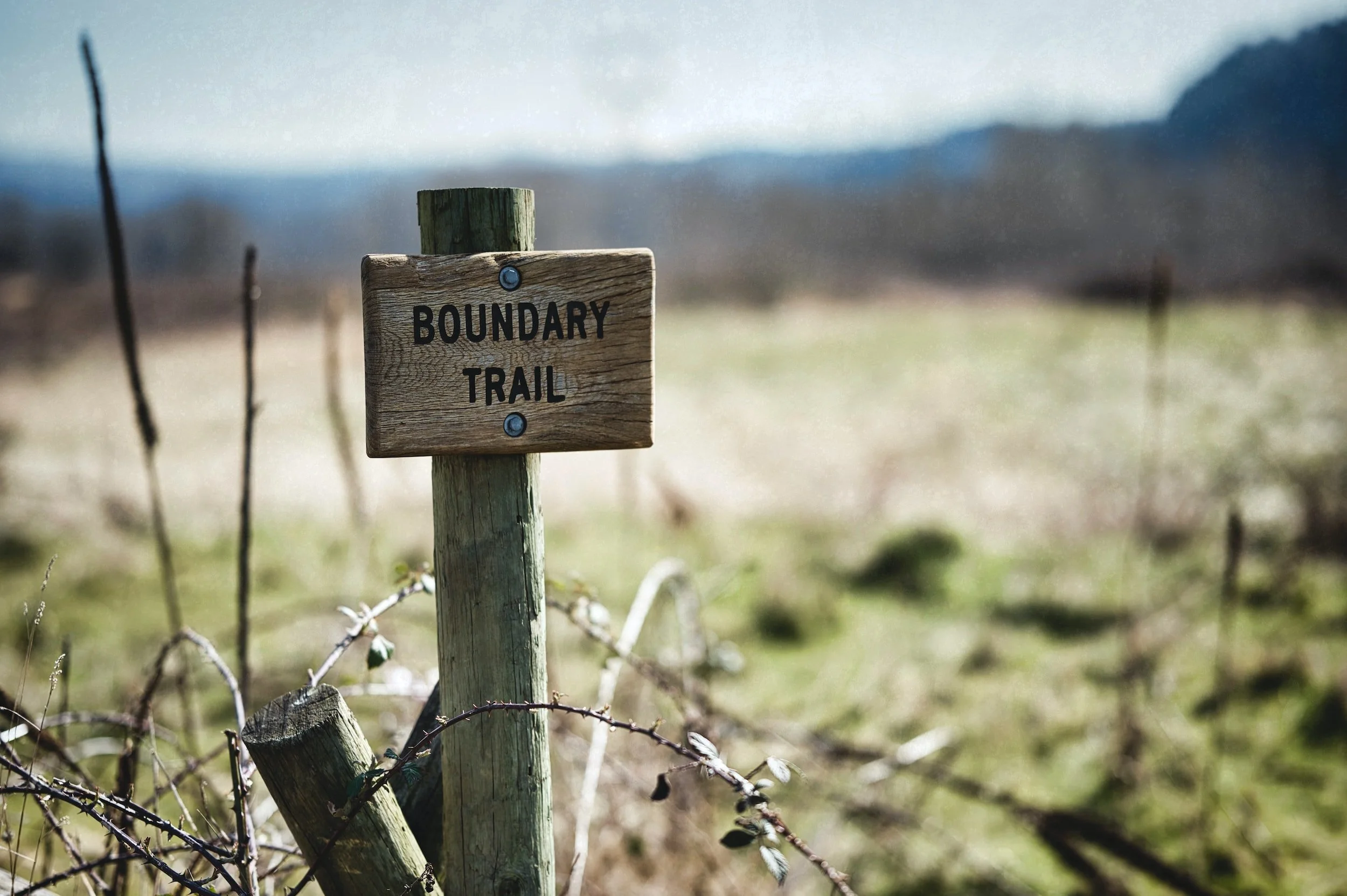Boundaries and the Highly Sensitive Person: Coming Home to Yourself
For many Highly Sensitive People (HSPs), setting boundaries doesn’t come naturally.
It can feel awkward, selfish, or even threatening. And if you grew up in an environment where being attuned to others was necessary for survival—where your worth was tied to being “good,” agreeable, or emotionally available—then of course saying no feels unfamiliar. It may not have been safe to have limits back then.
So if boundary-setting feels hard, painful, or even impossible—know that you’re not broken. You’re probably carrying a long history of being taught, directly or indirectly, that your needs weren’t as important as others’.
This isn’t just about learning to speak up. For many HSPs, setting boundaries is a radical act of reclaiming the self.
Why Boundaries Feel So Foreign
Many HSPs weren’t born without boundaries—they were slowly conditioned to abandon them.
You may have been:
• Praised for being easygoing, quiet, or emotionally mature beyond your years
• Scolded or shut down when you expressed needs, anger, or disagreement
• Expected to take care of the emotional world around you
• Taught that keeping the peace was more important than telling the truth
Over time, your nervous system began to associate safety with self-abandonment. You may have learned to anticipate the needs of others before your own feelings could even surface. Now, when you try to set a boundary, it can feel like you’re doing something wrong—even when you know it’s what you need.
This is not just a communication issue. It’s deep, tender work—unwinding old relational patterns and slowly teaching your body and mind that it’s safe to take up space.
The Trap of People-Pleasing (and Why It’s So Hard to Leave It Behind)
Boundaries often stir up discomfort. Guilt, shame, fear, and doubt are incredibly common.
• “Am I being too much?”
• “Will they be mad at me?”
• “What if I’m wrong?”
• “What if they leave?”
These reactions aren’t evidence that you’re failing. They’re proof that you’re growing—breaking long-standing patterns that once helped you survive.
People-pleasing isn’t a personality flaw. It’s a nervous system response. It’s what happens when we’ve learned that harmony = safety. But the problem with constantly focusing outward is that we slowly lose touch with our own needs, values, and truth.
Boundaries are how we begin to shift that.
What Boundaries Really Are
Most of us think of boundaries as walls. But they’re not about pushing people away. They’re about staying connected to yourself.
Boundaries are how you let your system know, “I matter. I’m allowed to have needs. I get to choose what I allow in.”
They are the way we stop outsourcing our safety to others’ approval. They are how we begin to trust ourselves again.
Why It Feels So Uncomfortable at First
Setting boundaries will likely feel wrong at first. Not because it is—but because it goes against the wiring you developed to stay safe in relationships.
You might feel selfish, dramatic, or worried that others will think less of you. That’s okay. Let that discomfort be a signpost—it means you’re doing something different. It means you’re no longer abandoning yourself to keep others comfortable.
Boundaries as a Path to Wholeness
Each time you say no, you tell yourself: I matter.
Each time you hold your ground with someone who’s used to crossing your limits, you’re affirming: I trust myself.
Each time you choose rest over pleasing, or truth over performance, you’re saying: My well-being is worth protecting.
It’s slow work. It’s sacred work. And for HSPs, it’s life-changing.
Some Helpful Prompts and Phrases
If you’re new to boundary-setting, here are some reminders to anchor you:
• “I’m allowed to have limits.”
• “My comfort and safety are valid.”
• “It’s okay if others don’t like my boundary—that doesn’t mean it’s wrong.”
• “I can disappoint someone and still be a good person.”
And here are a few gentle scripts for real-life moments:
• “I can’t take that on right now, but I appreciate you thinking of me.”
• “I’m not up for this conversation at the moment. Let’s revisit later.”
• “I need some time to myself this weekend. I’ll reach out when I’m free.”
• “This dynamic isn’t working for me anymore. I need to take some space.”
• “I hear that you’re upset. My decision still stands.”
Emotional & Energetic Boundaries for HSPs
Boundaries aren’t just about what we say—they live in our energy, our body, our presence.
Here are a few quiet ways to practice boundaries:
• Pause before responding to requests—give yourself time to check in
• Limit time with people or spaces that drain you
• Say no to “just in case” obligations or guilt-driven yeses
• Trust your intuition when something doesn’t feel right
• Allow yourself to leave when your body says, enough
At the Heart of It All: Boundaries Are Self-Loyalty
For HSPs, boundaries often feel unnatural at first. But they are a powerful way to come home to yourself.
Every time you honor your truth—even when it’s hard—you’re rewriting your story.
You are allowed to take up space.
You are allowed to have needs.
You are allowed to stop performing and start belonging—to yourself, first.
This isn’t about perfection. It’s about practice.
And over time, with care and consistency, your nervous system will begin to learn:
It’s safe to be who I am.
“Daring to set boundaries is about having the courage to love ourselves even when we risk disappointing others.”
You’ve got this! I’m rooting for you.
Learn more about my work offering therapy for highly sensitive people in Oakland and throughout California by contacting me here.

